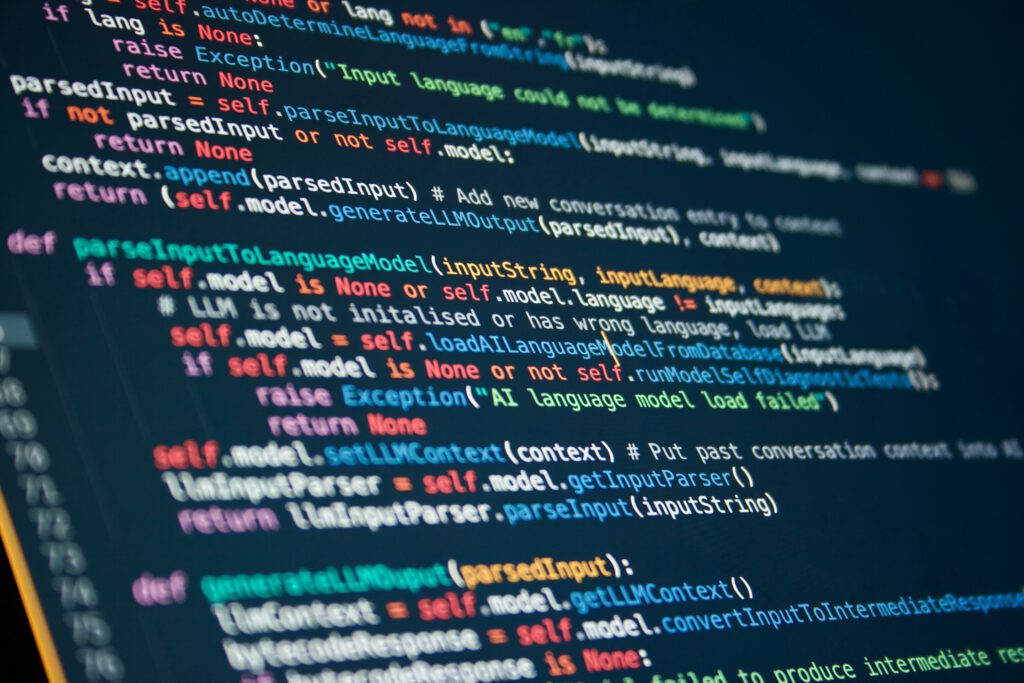AI solutions are being implemented across the world and fundamentally changing the way our businesses work. One area that has been getting a lot of attention in recent years is HR analytics, otherwise known as people analytics. People are the lifeblood of businesses. Without happy, productive, and skilled employees, businesses struggle to thrive and stay ahead of their competition. The aim of people analytics is to use data to maximize employee experiences and ensure the right people are in the right roles.
HR analytics falls into two categories. Firstly, we have AI solutions that improve the recruitment process. These solutions ensure that vacancies are filled by the most appropriate candidate. Secondly, we have solutions that measure and improve the employee experience to ensure the right candidates have the tools they need to work to their full potential and add value to the business. Let’s take a look at how AI solutions are utilized to achieve these goals.
AI For Recruitment
Recruitment is a necessary but also difficult part of running a business. There are often thousands of applicants for one vacancy and trying to narrow it down to only a handful of interviewees is no easy feat. Businesses need to determine whether the candidate has the right experience, skills, and even a personality that will fit the workplace culture. Doing this by hand is extremely labor-intensive and therefore expensive. It’s estimated that on average 14 hours are lost every week due to manually completing tasks that can now be done by robots.
Automated CV Screening For New Prospects
Traditional automated CV screening works by checking for binary criteria and keywords. Data will fall under binary criteria if the company has a yes or no requirement for certain attributes. For example, the requirement for a certain qualification, a set number of years experience, or candidate location. For keywords, the solution will check for the presence of keywords relevant to the job role or desired personality traits. For example, words like “confident”, “flexible”, “hard-working”, “reliable”, “creative” might be screened for. Automated CV screening solutions have evolved to become more intelligent and understand the context of CVs, rather than purely work off keywords. This was necessary because some candidates took to “keyword stuffing” to bypass screening and used tactics like stuffing invisible/white keywords into headers and footers. Understanding context is also crucial to finding the right candidate. Developers might use similar keywords, but there’s a significant difference between a Java developer and a Python developer, for example. HR analytics tools can do advanced skillset analysis and matching to find the right candidates for the role, and also assess the candidate’s future prospects in the company.
Candidate Rediscovery
Today we’re collecting more data than ever before and the tools we use to analyze this data are advancing rapidly. This means that the perfect person for your new role might have already approached your company in the past but wasn’t a good fit at the time. With AI and professional skills analytics, you can screen previous applications to continually look for a great match for new roles. This can save time and costs when it comes to recruiting for new roles.
Improving Employee Experience
It’s no secret that happy employees perform better and create better ROI for the company. People analytics solutions can drive meaningful action in this area by:
- Measuring employee satisfaction
- Identifying opportunities for learning and development
- Developing personalized training plans
- Identifying areas of improvement
- Identifying opportunities for promotion or praise
- Understanding the factors affecting morale in the workplace
A key part of improving the employee experience is determining which factors drive happiness and which factors decrease job satisfaction and overall productivity. You simply can’t action meaningful improvements without first understanding the organizational happiness level. Multinational conglomerate Hitachi ran research on this back in 2006. They used wearable tech to track employee movement, interaction, and happiness levels. Once they had a baseline, they launched Happiness Planet, an interactive app that gamified certain work tasks and also offered AI-assisted advice on an individual basis.
Hitachi understood that personalization is a key element of improving employee happiness. We don’t all work the same or have the same stressors and motivators. A “one-size-fits-all” approach to improving employee happiness is unrealistic. With HR analytics, you can get to the root cause of happiness detractors and tailor an experience that suits individual personality types to aid higher productivity.
The Importance of AI For HR
Our data holds the keys to unlocking a better way of working for the future. Not only can you find the perfect candidate for a role – a candidate that will add significant value to the company for many years into the future, but you can also improve the experience of employees already in the company. Improving employee happiness increases the success of the business, but also attracts new high-quality talent. People want to work for businesses that take care of their employees and invest in their wellbeing.
Improve your HR with AI
In case you require help in understanding or building HR analytics – just send contact us. We will get in touch with you immediately.




